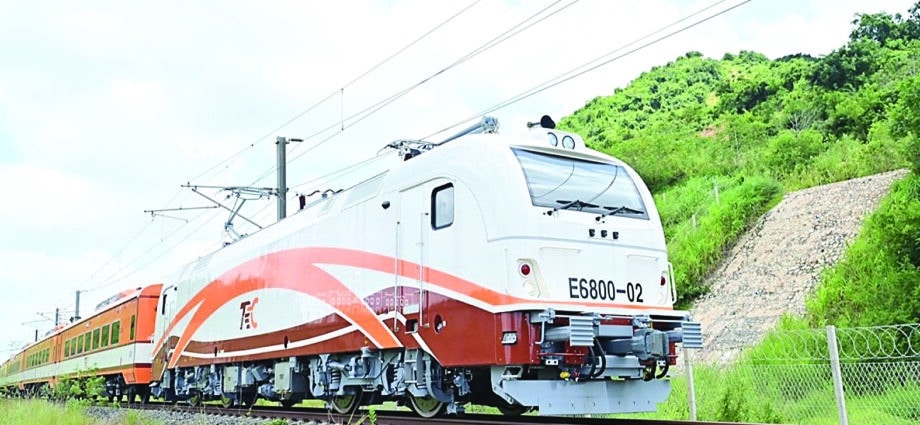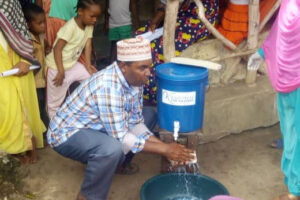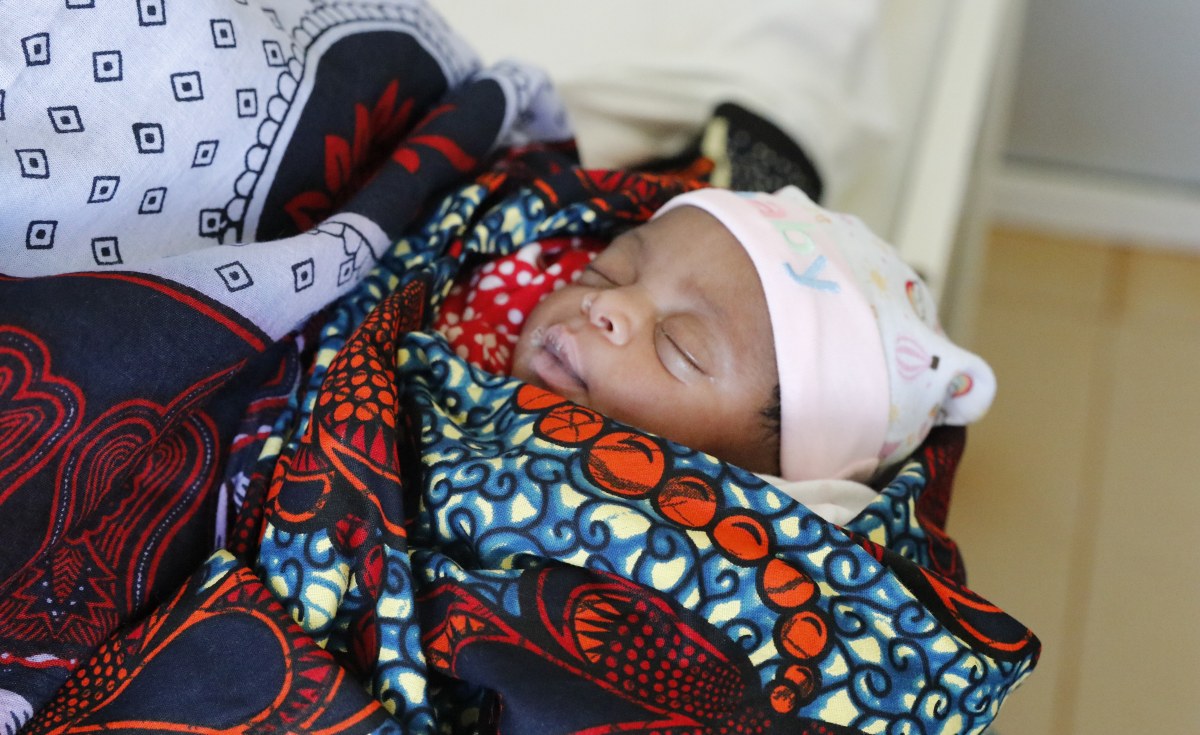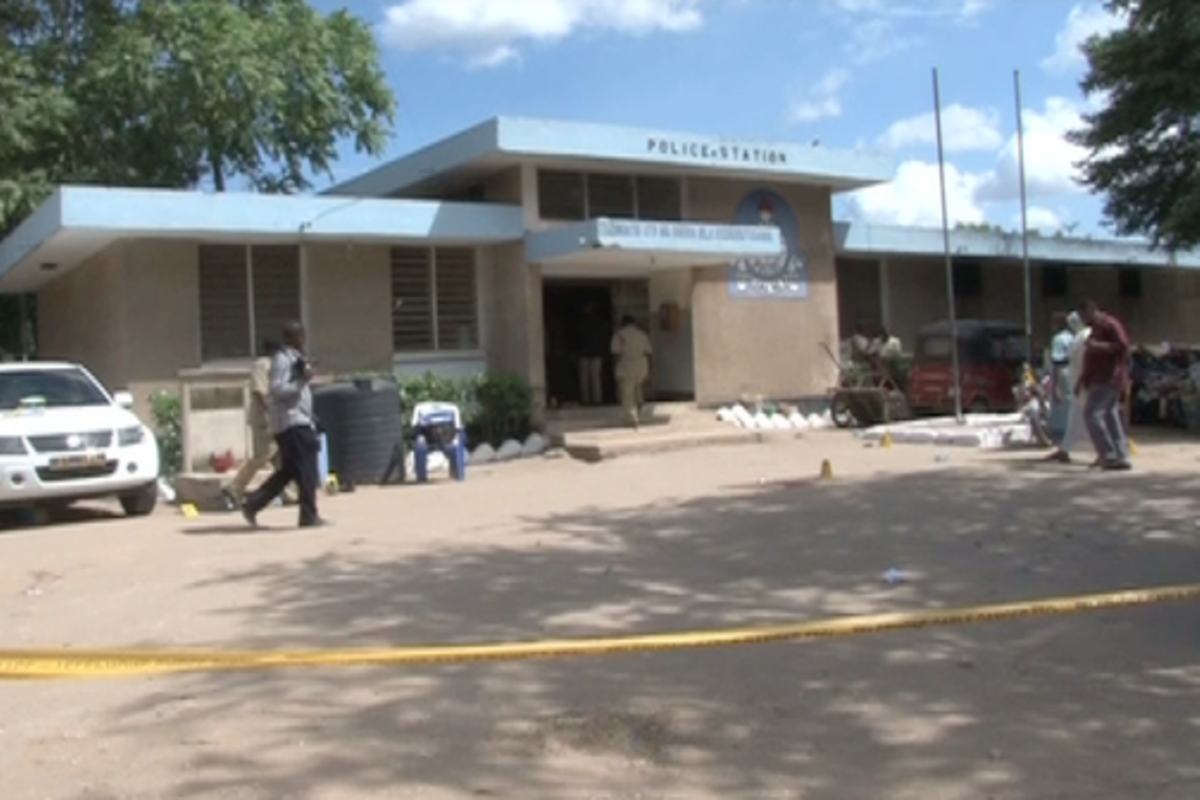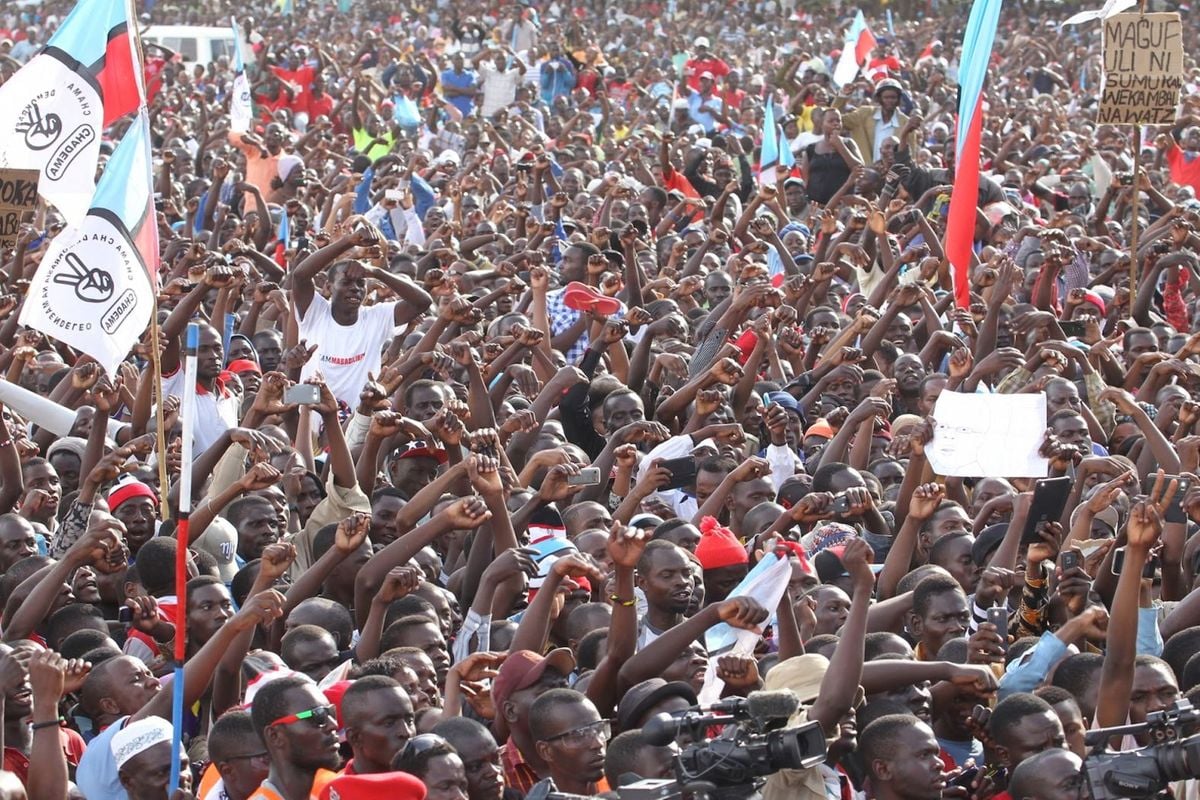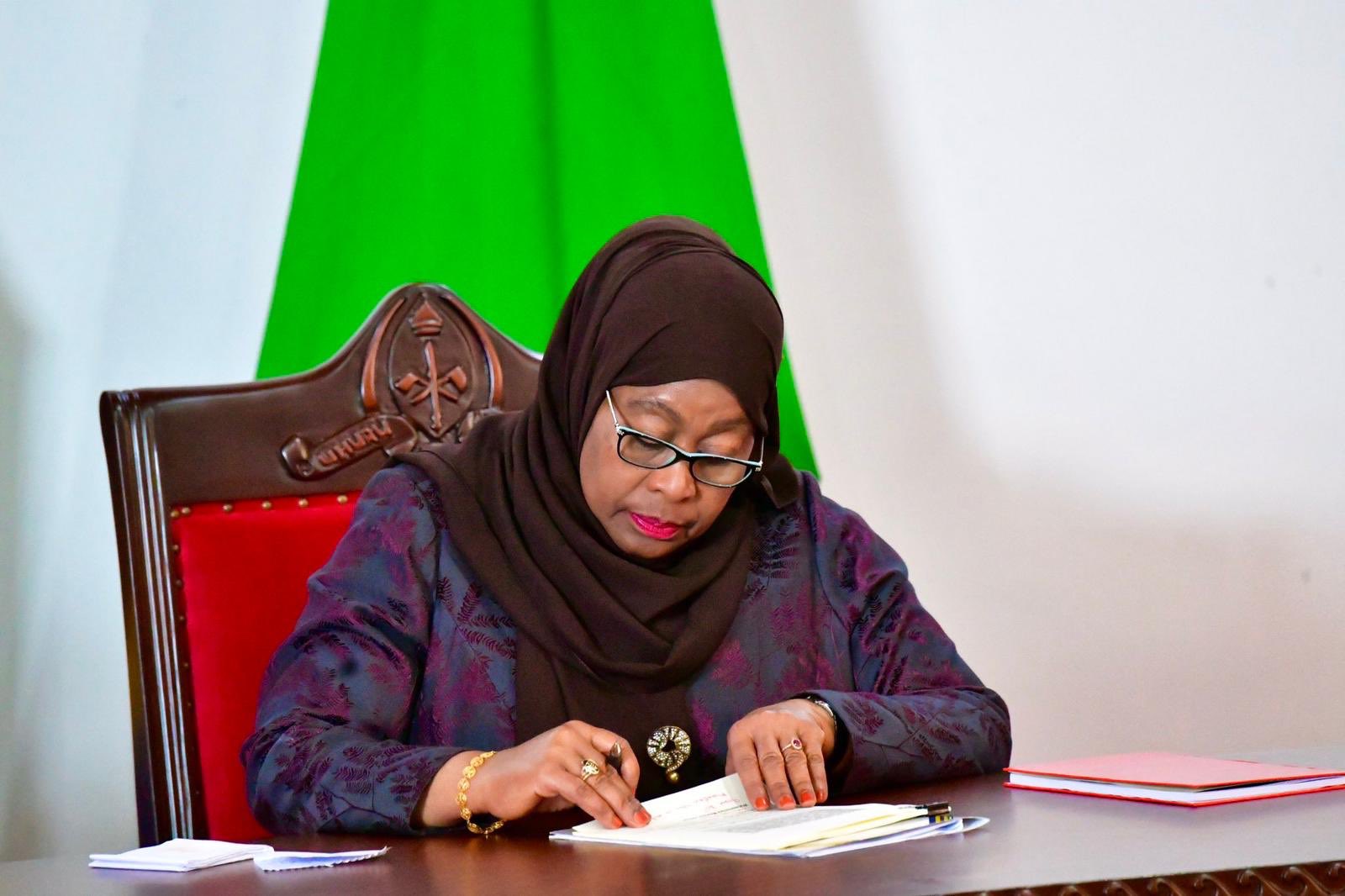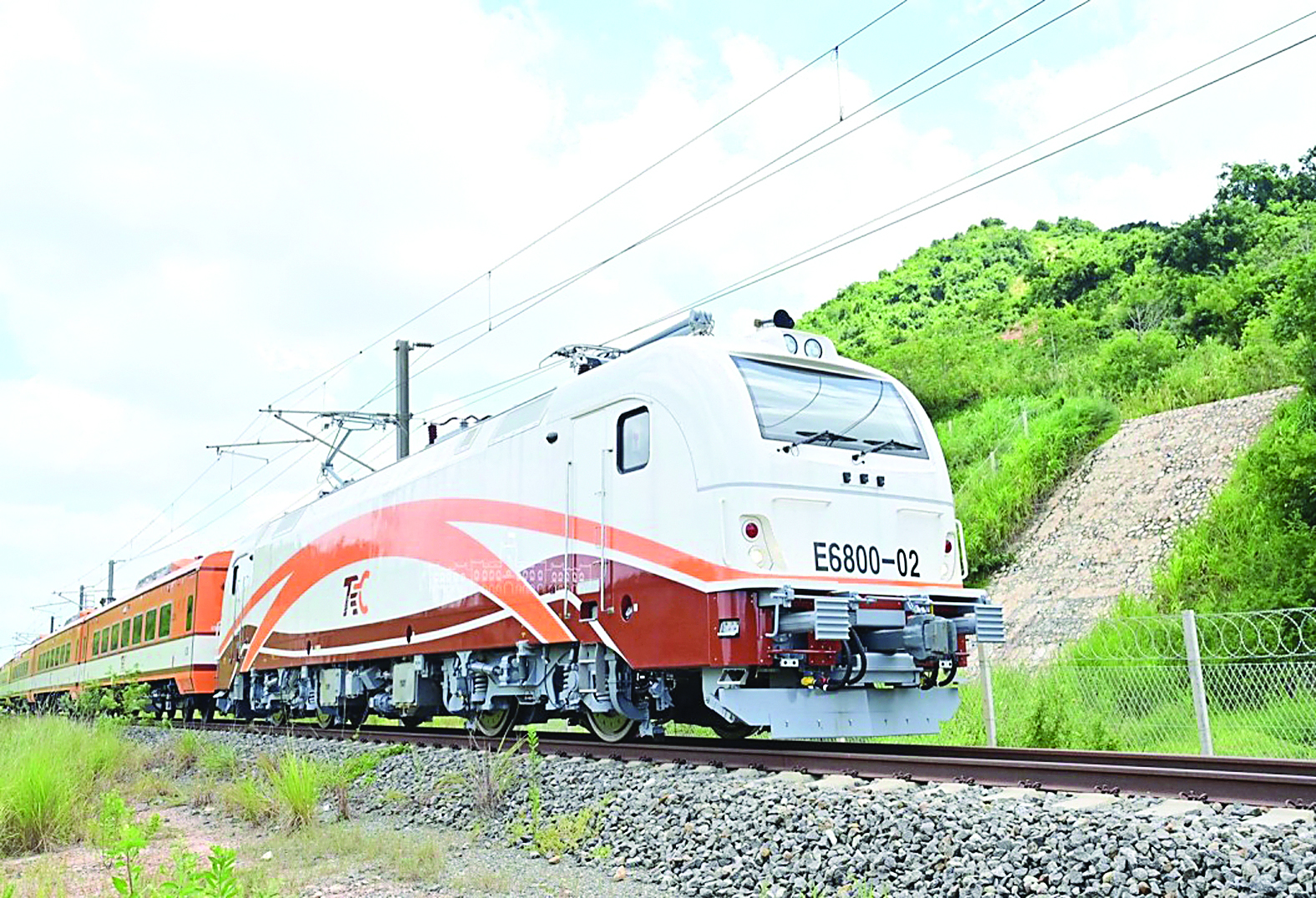
The story of Tanzania’s railways is one of ambition, setbacks, and disappointments.
From the once-promising Tazara to the modern standard gauge railway (SGR), the battle for the rails mirrors Tanzania’s broader development challenges where sabotage, politics, and vested interests conspire to derail progress.
The SGR’s teething problems highlight deeper systemic issues that Tanzania must confront to avoid repeating history.
At its peak, Tazara was more than just a railway. It was an engineering marvel, a lifeline for underserved regions, and a symbol of unity between Tanzania and Zambia.
The railway fostered economic activity, connected remote communities, and was a tourist attraction.
But its decline began early. Neglect, mismanagement, and sabotage eroded its reliability, allowing buses and lorries to dominate. By the mid-2000s, Tazara was a shadow of its former self.
My personal experience with Tazara in 2006 highlighted its decline.
While working on Tanesco’s fibre-optic project at Kihansi, I had to take the train from Mlimba to Dar after our vehicle broke down.
The train, scheduled for 2am, didn’t arrive until 8am, forcing us to endure a sleepless night at the station.
The once-luxurious first-class cabins were a pale reflection of their glory days, the buffet car was a joke, and the jarring ride on dilapidated tracks felt perilous.
Tazara had become a victim of systemic neglect and deliberate sabotage.
The SGR promises to rewrite Tanzania’s railway story. With sleek trains and modern infrastructure, it serves over 5,000 passengers daily and generates Sh127 million in revenue.
Yet, the spectre of Tazara looms large. Incidents like copper theft from railroads and vandalism of fences reveal a troubling pattern.
While petty vandalism, such as throwing stones or cutting fences, can be mitigated through community education and proactive policing, the greater threat lies in the actions of vested interests benefiting from road transport’s dominance.
Unlike petty crimes, these are sophisticated efforts to undermine rail’s resurgence, reflecting a battle over Tanzania’s transport future.
Lately, TRC has proudly announced its revenue figures—Sh30 billion by the last count.
But critical questions remain unanswered. What is the SGR’s revenue potential under current operations? Is the SGR meeting its commercial viability? Why has progress on the cargo business—typically 80 percent of a railway’s revenue—been so slow? Watch out for these loopholes.
Moreover, why has Yapi Merkezi, the Turkish contractor responsible for the SGR’s initial success, withdrawn? Reports suggest their Chinese replacements lack the same quality, raising concerns about project management. Is there something we don’t know about these issues?
One of the most alarming developments is the premature shift to electric-diesel hybrid engines.
Initially, TRC assured the public that the SGR’s infrastructure, connected to the national grid, could reliably support electric trains.
However, instead of addressing design compliance issues, TRC is resorting to diesel engines, which cost over 10 times more to operate.
This decision undermines the very foundation of the SGR’s economic advantage and raises red flags about its future sustainability.
The economic argument for rail remains strong. Efficient railways reduce road damage, ease congestion, and lower transport costs, unlocking opportunities for trade and development.
The SGR’s success could relieve Tanzania’s overburdened highways, currently clogged by almost 100,000 lorries.
For this to happen, Tanzania must address two key challenges. First, the efficiency of the Dar port is crucial.
Reducing delays would make the port more competitive, attracting more transit goods and boosting freight volumes for the SGR.
Fixing port inefficiencies could generate billions in additional revenue and make rail transport more viable.
Second, regional integration is essential, particularly with DRC. Dar’s port already handles 90 percent of goods for Rwanda and Burundi, yet these nations account for less than one-third of port traffic.
The resource-rich eastern provinces of the DRC, which currently rely on South Africa’s railways, could benefit from a faster, cheaper connection to Dar.
A decade ago, the DRC committed to transporting 6 million tonnes of goods annually via Tanzania. Adding Rwandan and Burundian traffic could bring this figure to 10m tons—a transformative opportunity for the SGR.
Demand for reliable rail services remains strong. The reopened northern route, launched in 2020, has seen passenger numbers soar, with trains carrying up to 3,000 passengers in 24 carriages in one trip lately.
This demonstrates the railway’s appeal and the public’s willingness to embrace rail travel when it is efficient and reliable.
The SGR’s potential for tourism also holds promise. International visitors are drawn to the romance of train travel, and integrating rail routes with major attractions like Serengeti National Park and Selous Game Reserve could open lucrative revenue streams.
Investments in luxury services, double-decker carriages, and modern amenities could elevate Tanzania’s railways, attracting many travellers.
The battle for the rails is not just about trains, it’s a test of Tanzania’s resolve to prioritise long-term development over short-term interests.
Winning this battle requires a multi-faceted approach: modernising infrastructure, empowering law enforcement, fostering community collaboration, and confronting vested interests head-on.
Like Tazara, the SGR is more than a railway. But whether it becomes another chapter in a story of failure or a triumph of execution depends on our ability to learn from the past.

